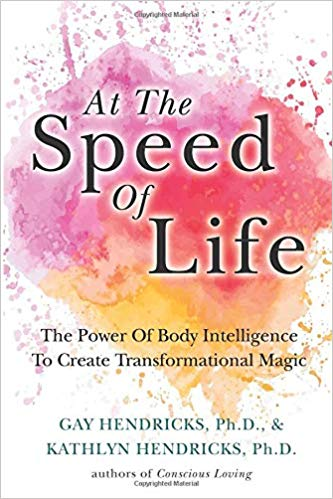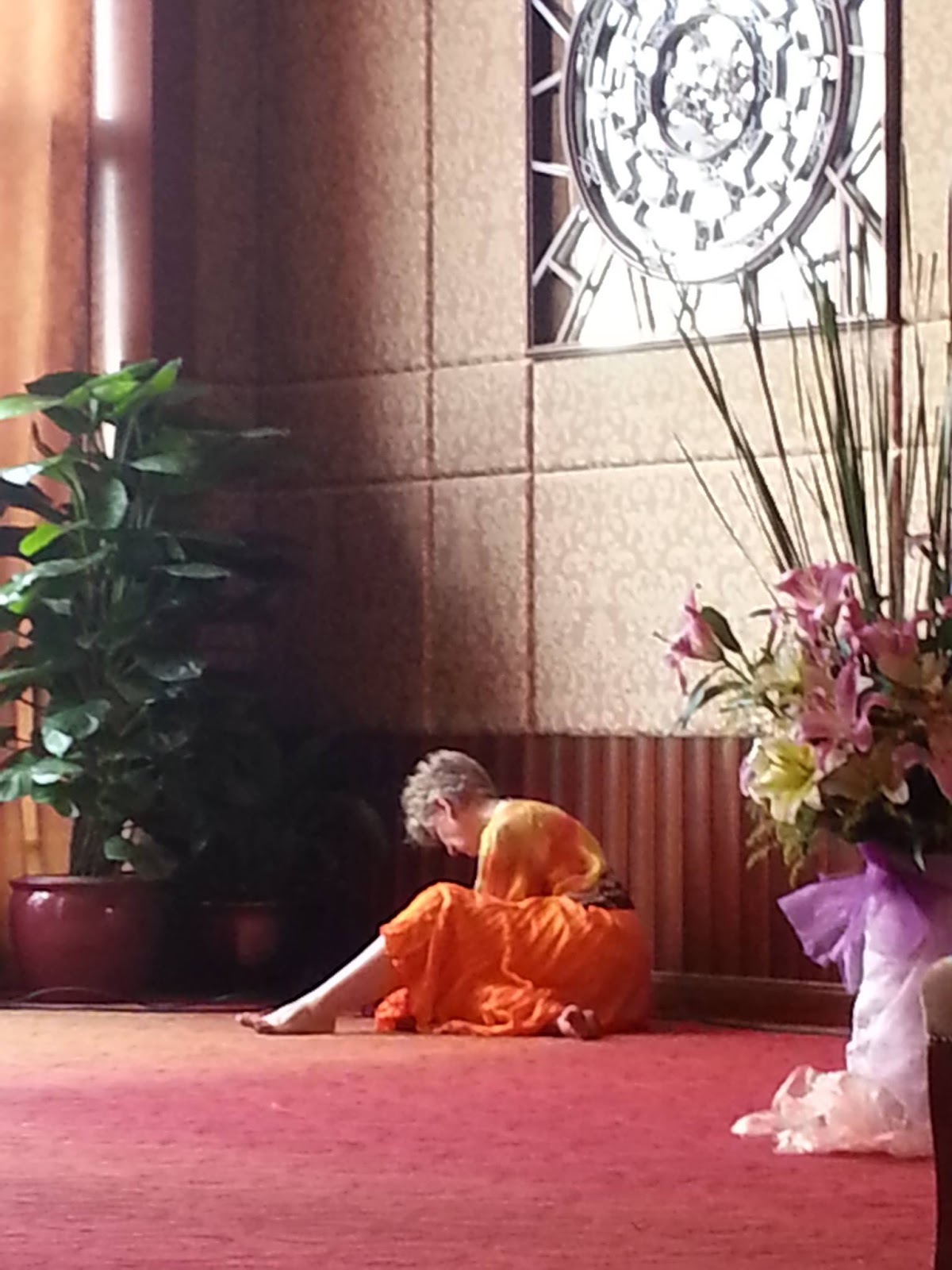Kathlyn (Katie) Hendricks, PhD, BC-DMT, and Julia (Julie) Colwell, PhD, are pioneers in the field of human consciousness, conscious leadership and human potential. Nancy Kepner, co-founder of Crafted Leadership, LLC, sat down with Katie and Julie to get their perspective on a range of issues. Crafted Leadership’s mission is to spread conscious leadership throughout the global workplace, using Julie and Katie’s work as the foundation.

Katie: When something is ready to be faced, the body will let you know. There is a chapter in our book At the Speed of Life that explores “flags.” Flags are the body signaling, “I’m ready. I’m ready to have your attention in this place where I had to withdraw mine.”
It’s not as if you are forcing anybody to face this thing. You’re really being with them as they are going through that gate and going into that room. It may be just that one room, but when they are in that, they have access to that room. Then there will be more doors that open.
With this woman [I was working with], her flag occurred when she was talking and started to get agitated. I saw her repeatedly look up and over to the left. I saw this happen several times. I said, “What just happened there? Where did you go?” Even that one move took almost a session to track and bring to awareness.
“Where did you go?” She didn’t know she had gone. So I said (when we were just talking), “Your eyes looked up and over to the left. Go ahead and do that again. Choose to do that.”
“Up and to the left” is where her awareness traveled when she was being attacked when she was younger. She had placed herself, her consciousness, over in her jewelry box. She had one of those music boxes you opened up and the little dancer went around. That’s where she went energetically with her eyes. When she learned she could travel there [with me] and then come back, she began to gradually find herself and face her traumatic experience. She didn’t actually know that she had been abused. She just knew that her life wasn’t working. A lot of trauma gets buried. Then people broadcast all of these symptoms.
It’s not just in therapy, in fact, very little of that shows up in therapy where it has a chance to actually get explored. It shows up in all the violence.
Katie, seen at a Taiwan training, explores how people organize themselves, including pre and perinatal work.
Nancy: It’s exploding in what’s happening in our world.
Katie: Gay and I focused a lot of our earlier work was on pre and perinatal approaches, which is pretty brand new in our culture. We explore the imprints, the way we organize ourselves that get laid down in gestation, and particularly pre-, during, and post-birth.
There is a lot that can happen pre-verbally that sets a template for how you organize yourself. That’s a whole body of work but the main thing, one of the things we are seeing right now, is this epidemic of suicides, and with people who are very successful who have been killing themselves by hanging.
There was a big study years ago with the Karolinska Institute in Sweden where they studied over 200,000 suicides in the U.S. They were looking for some sort of correlation, like what would lead people to do that? Was is socio-economic background, or some big traumatic event? They laid out all of these parameters and then, kind of, as an after-thought, they wrote down “birth trauma.” When they ran down all of the stats on it, birth trauma was the only statistically, highly correlated element. People who experienced birth trauma had a statistically higher possibility of committing suicide. That was the really amazing finding.
The type of suicide was correlated to the type of birth trauma. So, what you are seeing with hanging is oxygen deprivation. Cord wrap, some kind of mechanical situation where they don’t get the baby out fast enough, the decrease of fetal heartbeat. We have a much higher percentage of messing with birth than at any time in our history. We have been messing with birth which, to me, comes right back to not trusting creation, not valuing and supporting women to be in charge of their own process in giving birth.
I was fastened down. I gave birth in 1968. I was still fastened down. They tied me down. Even then, my giving birth echoed the way I was born. Pre- and perinatal perspectives have rich implications for us.
The great English psychiatrist R.D. Laing said that most people are born the way they are conceived, and they die the way they are born. Without any consciousness, without looking at how am I choosing and living and any expectation of facing into those, that’s what happens with people.
You can get to the deeper layers simply by following what’s emerging from body intelligence, from body wisdom. When there is that connection, when people feel free to explore this inner-frontier, they enter a frontier as vast as the outer space. It’s really our last frontier. What’s going on in here and how can that give us a new way of being together? It’s so simple but we’ve made it really, really complicated because we like to do that.
Julie: We do.
—
Other blogs from this interview touch on fear, courage, emotions in the workplace, flags, their bodies of work, and the present world. Read the next installment, Part 8 — Courage.


